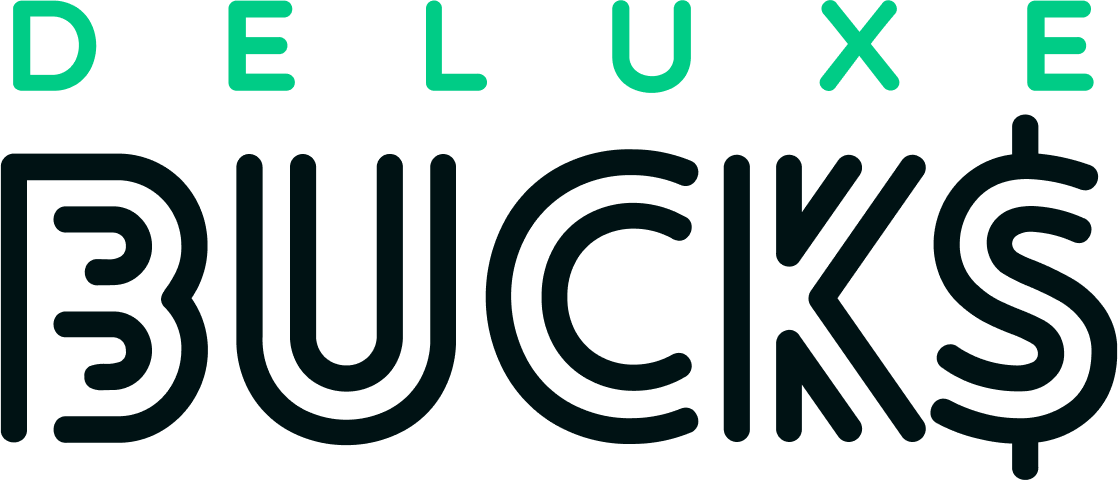When Angela’s family faced a crisis during the pandemic, they were scared. Suddenly, federal financial aid programs became their lifeline. These programs have helped many Americans find stability and hope in tough times, just like Angela did.
In California, Angela found help through the Pandemic Unemployment Assistance (PUA), designed for those who usually can’t get benefits. The Advance Child Tax Credit also provided vital support for families1. Besides money, programs like the Emergency Broadband Benefit helped families afford internet and buy needed devices1.
The Golden State Stimulus offered one-time payments to low-income families in California1. Federal support includes a wide range of aids for those hit by financial crises. These aids extend from disaster relief to free COVID-19 testing and vaccines, thanks to the Emergency Rural Health Care Grant Program2.
Key Takeaways
- Federal assistance programs provide security during economic hardship.
- Benefits encompass employment, tax relief, and digital connectivity support.
- Specific state programs like CalEITC aid local populations with tax credits up to $3,0271.
- Through the TANF program, states offer flexible funding aligned with statutory purposes, which include promoting job preparation and supporting two-parent families3.
- The federal funding cap for TANF is $16.5 billion annually, with states required to maintain levels of expenditure to meet the MOE requirement3.
- Rural communities benefit from loans, grants, and technical assistance through various programs to improve essential facilities2.
In these challenging times, our nation moves forward with both necessity and compassion guiding us. Exploring available financial assistance is a crucial first step towards recovery. It’s a helping hand, much like the one Angela received. This support is there for you too.
Understanding Federal Programs for Financial Relief
Finding your way through government funding options can be tough. But, knowing what financial aid programs are out there is key for those in need. Many federal programs offer big help, from relief funding opportunities to cutting down living costs.
The Emergency Rental Assistance Program turned over a huge $25 billion to help families pay rent and utilities during the COVID-19 pandemic4. It helps people keep their money in check and keeps communities strong in tough times.
Looking for home advice or trying to find stable housing? Housing counselors offer help across the country, often for free4. Also, the government gives over $400 billion each year to help in areas like education, health, and public welfare through various federal assistance programs5.
The Federal Low Income Home Energy Assistance Program helps manage heating and cooling costs. This is good news for those hit by big seasonal bills4. On the other hand, the Temporary Assistance for Needy Families (TANF) program provides quick cash help to families with low income, making everyday life a bit easier6.
Always keep your info with social services up to date to get the most out of these programs. Watch out for scams too. Remember, real government services won’t ask for things like your Social Security number or bank details through a surprise call or text4.
By learning about all the government funding options you can use, you’ll improve your financial situation. Joining these financial aid programs helps not just you but also aids in the wider economic recovery and stability.
Navigating Various Economic Assistance Initiatives
Knowing about different federal financial help programs can guide you to choices that boost your financial stability. These economic assistance initiatives are vital. They help improve the lives of many Americans going through tough economic times.
Maximize Your Benefits Through the SNAP and TANF Programs
The Supplemental Nutrition Assistance Program (SNAP) and Temporary Assistance for Needy Families (TANF) are key in helping people and families facing financial challenges. SNAP lets you buy healthy food, making sure you stay healthy even when money is tight. TANF covers needs like food and housing and provides emergency housing to prevent evictions. These programs become even more crucial during times of economic stress7.
Rental, Utility, and Internet Service Assistance Programs
There’s also help with rent, utilities, and internet. The Emergency Rental Assistance Program helps ease the cost of rent and utilities like electricity and water. It also offers affordable internet service options, keeping you linked to important online resources7. For these programs, contact state social services or look online at platforms like government financial assistance.
Healthcare Support: Medicaid, Medicare, and ACA Marketplace
Federal financial aid also covers healthcare, a major expense for American families. Medicaid and Medicare greatly reduce healthcare costs. The Affordable Care Act (ACA) marketplace now has more affordable options, cutting down the number of uninsured Americans to a record low. These programs are designed to protect you from the financial impact of medical emergencies8.
Using these federal programs for financial relief can significantly reduce financial stress. You can get healthy food through SNAP, manage expenses via TANF, or cut healthcare costs with Medicaid and ACA. This support network is wide and open to those in need7.

To learn more about these aid programs, check out the detailed guide linked here. Understanding these programs better can help you navigate economic challenges more confidently8.
Financial Aid Programs for Families During Economic Challenges
The U.S. government has programs to help families during a financial crisis. These programs help low-income families keep their life stable when money is tight. Financial crisis relief resources are key in these efforts.
The Temporary Assistance for Needy Families (TANF) program offers cash aid for limited times. It also requires recipients to take part in work activities. This helps them achieve long-term economic stability69. The Child and Adult Care Food Program helps child care centers provide healthy meals. This ensures kids get the nutrition they need6.
SNAP provides food aid to those with little money6. School meal programs give children healthy meals every school day6.
High energy costs add to family’s money worries. The Low Income Home Energy Assistance Program (LIHEAP) helps families afford their energy bills6.
- Unemployment insurance offers benefits for 26 weeks or more. It helps those looking for jobs9.
- Supplemental Security Income (SSI) for Children supports families with disabled or blind children. It provides them vital financial help6.
The Affordable Connectivity Program (ACP) helped families afford internet services. Until it ended, families could get discounts on broadband and devices. This kept families connected9.
“Stability in turbulent economic times is not merely about the immediate relief but establishing a foundation from which families can regroup and rebuild. Programs like these provide the stepping stones towards economic recovery and resilience.”

To find out more about financial help, check government websites and talk to financial advisors. They can give you current info and advice for your situation.
Conclusion
In tough economic times, knowing about the help available is key. There are many federal programs ready to help individuals and families. Programs like SNAP and Medicaid are there to provide food and health care. Also, efforts during financial crises, like the TARP, saved industries and jobs for over a million Americans10.
The pandemic response was quick, allowing most people to get vaccinated nearby11. Efforts included tax credits, helping families with children by giving up to $3,600 per child. Plus, extra unemployment money was a lifeline for many11.
Staying informed about these programs is crucial for your financial health. Even though the pandemic’s peak is past, the support system remains. Small businesses, families, and individuals can all find help. There are extended benefits and stimulus checks that still offer some relief11. We urge you to explore these options to protect your family’s future.
FAQ
What federal programs are available for financial relief during a crisis?
How can I determine my eligibility for government funding options?
Can the SNAP and TANF programs help with more than just food expenses?
Are there specific programs to assist with rent and utility costs?
What healthcare support is available through federal programs?
With the expansion of the Child Tax Credit, how does this benefit families?
Are unemployment benefits still a viable relief measure for individuals?
What should I do if I receive unexpected government checks or need to track payments?
How can I access financial support for phone and internet service?
Can homeowners receive federal assistance in times of economic hardship?
Source Links
- COVID-19 Relief and Assistance for Individuals and Families – https://www.sco.ca.gov/covid19ReliefAndAssitanceIF.html
- List of Federal Financial Assistance Programs Funding Emergency Communications | CISA – https://www.cisa.gov/safecom/emergency-comms-grants-list
- Aid to Families with Dependent Children (AFDC) and Temporary Assistance for Needy Families (TANF) – Overview – https://aspe.hhs.gov/aid-families-dependent-children-afdc-temporary-assistance-needy-families-tanf-overview
- Personal Finance and Consumer Protection – Steps for Quicker Financial Relief – https://home.treasury.gov/policy-issues/consumer-policy/personal-finance-and-consumer-protection-steps-for-quicker-financial-relief
- Administration of federal assistance in the United States – https://en.wikipedia.org/wiki/Administration_of_federal_assistance_in_the_United_States
- Financial Assistance for Families | Childcare.gov – https://childcare.gov/consumer-education/financial-assistance-for-families
- About Program Income and Public Assistance – https://www.census.gov/topics/income-poverty/public-assistance/about.html
- Recovery & Economic Support – https://www.fema.gov/disaster/historic/coronavirus/economic
- Government Assistance Programs: What’s Available and Where to Apply – https://www.investopedia.com/government-assistance-programs-4845368
- Troubled Asset Relief Program (TARP) – https://home.treasury.gov/data/troubled-asset-relief-program
- American Rescue Plan | The White House – https://www.whitehouse.gov/american-rescue-plan/


